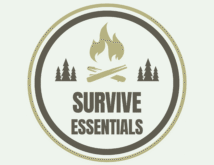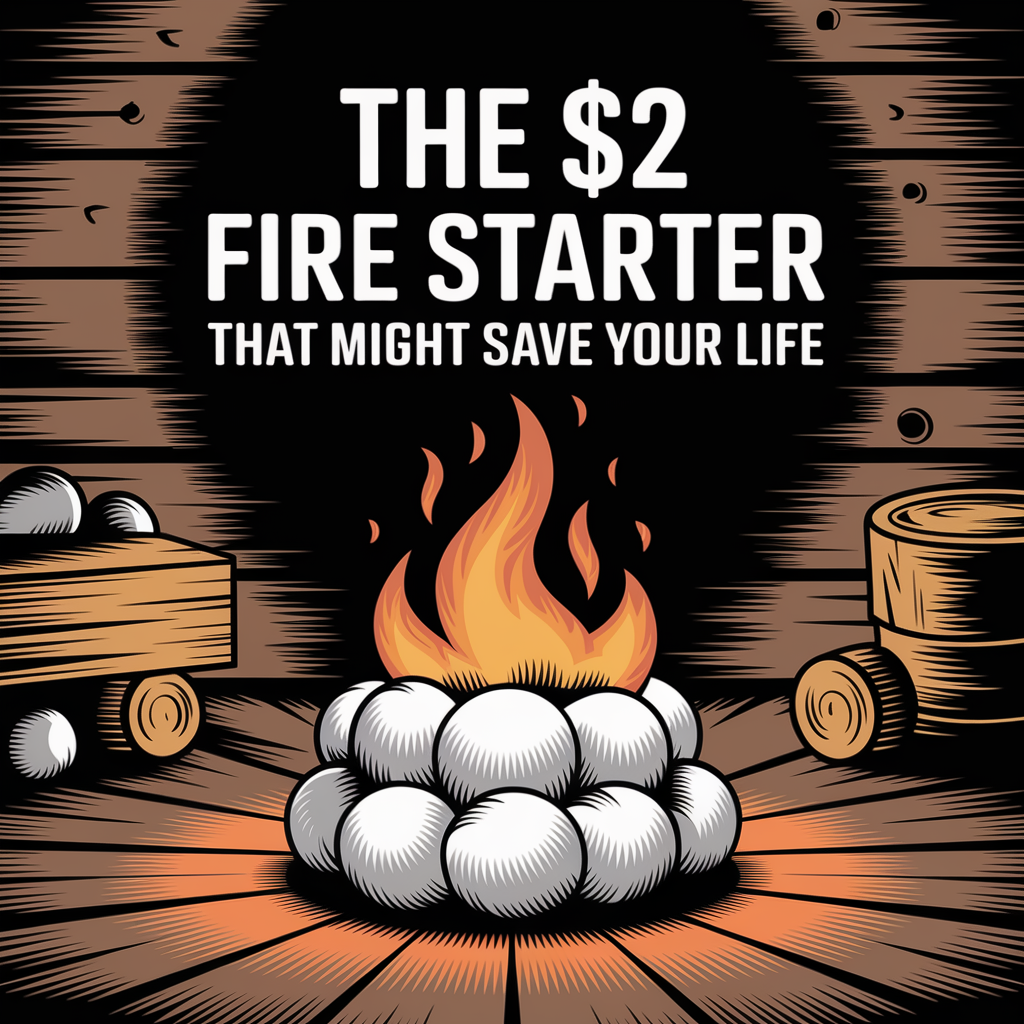
Why Cotton Balls Are a Survival Must-Have (You’ll Thank Me Later)
When I first started building my survival kit, I’ll admit—I got a little carried away. I was piling in multi-tools, thermal blankets, waterproof matches, and all kinds of “tactical” gear. But you know what’s still in my kit years later? A small Ziploc bag full of cotton balls.
Yeah, really—cotton balls for survival might sound like a joke, but trust me, they’re no gimmick. These little fluff balls have saved my butt more times than I can count, especially when it comes to starting a fire fast in not-so-great conditions.
They’re cheap. They’re light. And when you mix them with a little petroleum jelly? You’ve got one of the most reliable DIY fire starters you’ll ever use. I don’t care if you’re just getting into survival or you’ve been prepping for years—if you’re not packing cotton balls in your bag, you’re missing out on one of the best budget survival tools around.
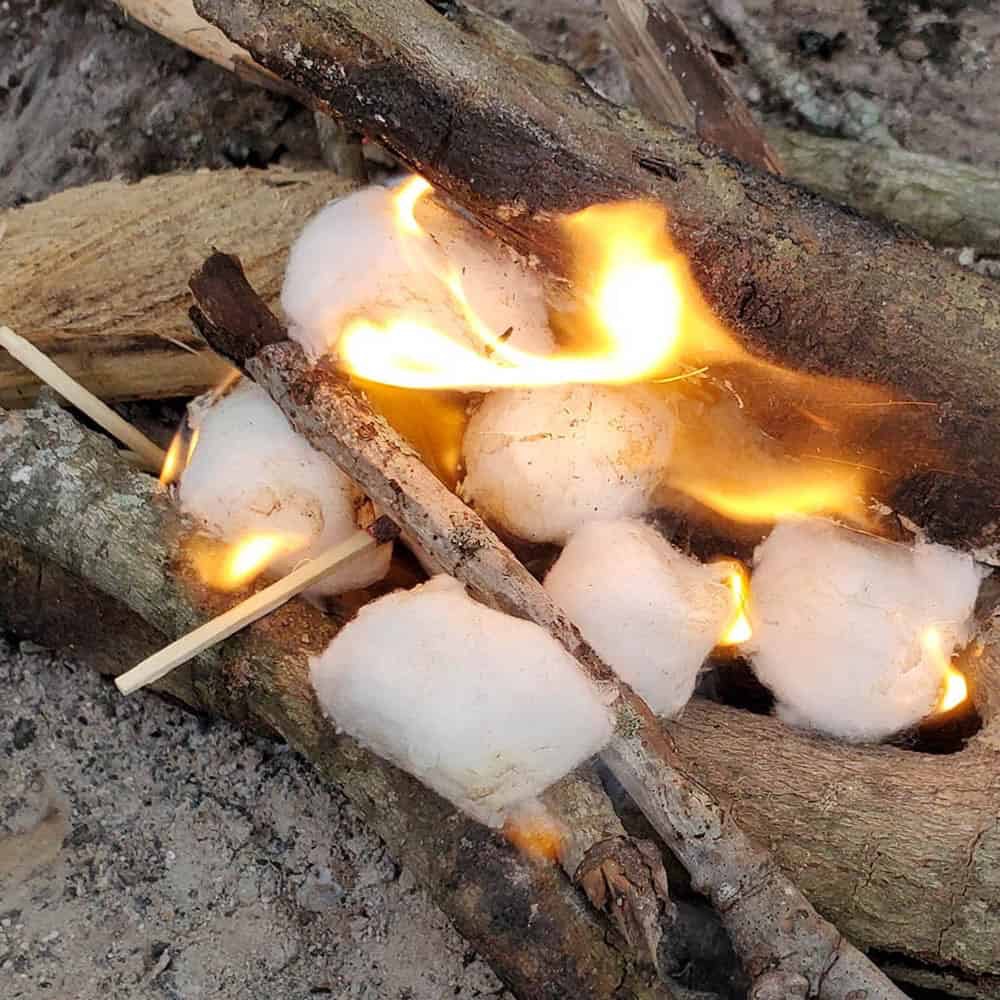
Why Cotton Balls Belong in Every Survival Kit
I used to think I needed a fancy firestarter or some expensive ferro rod setup to be “prepared.” But then I got caught in the woods after a storm—everything was damp, my lighter was struggling, and I needed heat fast. That’s when I remembered those little cotton balls I had jammed into a corner of my kit. I pulled one out, fluffed it up, and sparked it with my ferro rod. Boom—instant flame, even in wet conditions.
Here’s why they’ve earned a permanent spot in my bug-out bag:
1. They’re Ridiculously Lightweight
You can toss a dozen in a tiny baggie and still forget they’re there. Perfect for ultralight setups like the one I talk about in this solo hiker gear guide.
2. Dirt Cheap
Seriously, you can get 100 of them for a couple bucks. Add a tub of petroleum jelly and you’ve got enough fire starters to last forever.
3. Easy to Use
No prep needed in the field. Just pull one out, fluff it up, and hit it with a spark or lighter.
4. Highly Reliable in Bad Conditions
I’ve used them in wind, rain, and cold weather. As long as you store them right, they’ll light when nothing else will.
If you’re building a kit from scratch, or just updating your current one, I’d absolutely recommend checking out this survival kit guide that helped me figure out what to pack, what to skip, and how to prep smart without overthinking it. Cotton balls might seem basic, but they’re a prime example of how simple survival tools can make the biggest difference when it matters most.

How to Make a Cotton Ball Fire Starter (It’s Stupid Simple)
If there’s one DIY project I think every beginner survivalist should do, it’s this one. Making fire starters out of cotton balls and petroleum jelly is not only easy—it’s kinda fun. Plus, once you’ve made a batch, you’ll feel like you just unlocked a secret cheat code for survival.
Here’s exactly how I make mine:
- Grab some regular cotton balls
Not the synthetic ones. You want the 100% cotton version so they actually catch and hold a flame. - Scoop out some petroleum jelly (Vaseline works great)
I use a spoon or even my fingers—this isn’t a clean process. You’re gonna get messy, and that’s okay. - Work the jelly into the cotton ball
I don’t coat them. I mash it in so the inside is soaked but the outside still has a bit of fluff. That’s what makes them catch fast and burn long. - Store them in a waterproof container
Old film canisters, empty pill bottles, or small Ziploc bags work perfectly. You can even reuse something like a tin can from your pantry to store a bunch.
Once I made a batch, I tested them in the backyard. Just one cotton ball burned for nearly 7 minutes—plenty of time to catch kindling and get a full fire going.
If you’ve never made a DIY fire starter before, this is the one to start with. It’s one of the most reliable tricks in the book, and I walk through even more beginner-friendly tips in this weekend survival skill guide.

How Long Do Cotton Ball Fire Starters Burn?
This was the first question I asked after making mine. And after testing it? I was genuinely impressed. On average, a single petroleum jelly-soaked cotton ball burns for 5 to 7 minutes—and that’s without perfect conditions.
I’ve lit them in damp weather, on windy nights, and even in snow. Every single time, they gave me a solid flame that lasted long enough to get small sticks and kindling going.
Here’s how burn time compares to other quick-start materials:
- Cotton Ball with Petroleum Jelly: 5–7 minutes
- Dry leaves or grass: 30 seconds–1 minute (tops)
- Paper: Around 1 minute
- Dryer lint: Maybe 2 minutes, but super inconsistent
- Store-bought tinder tabs: 4–5 minutes and way more expensive
The combo of light weight, long burn time, and reliability is what really sold me. And honestly, if you’re not comfortable with fire starting yet, this method gives you some wiggle room. You don’t have to rush to get your kindling perfect—the cotton ball buys you time.
I also keep a few extras tucked into my main fire starting kit as backup. They weigh practically nothing and take up no space, which makes them a no-brainer addition.

Do Cotton Ball Fire Starters Work When Wet?
Yes—and that’s exactly why I never go on a trip without them. One time, I was camping in late fall and a surprise drizzle rolled in. My firewood was damp, my lighter was acting up, and everything else I tried fizzled out. But that little cotton ball? Lit up like it was dry as a bone.
Here’s why they still work wet:
- Petroleum jelly is water-resistant – Once it’s worked into the cotton, it acts like a waterproof shield. Water doesn’t soak in easily.
- The inside stays dry – Even if the outer layer gets a bit damp, the inner fuel-rich cotton will still ignite.
- They’re easy to light with a spark – I’ve used a ferro rod on a cold, wet night, and the thing still flared up in seconds. It took a little effort, but it worked when nothing else did.
If you’re worried about rain, snow, or moisture in general—and you should be—these things are a lifesaver. I always store mine in waterproof bags or containers, but even if one gets a little wet, it’s still usable. For extra protection, I’ve also packed some inside old pill bottles and even in repurposed tin cans I’ve sealed with duct tape.
You’ll have a much harder time trying to get damp bark or soggy twigs lit, which is why having reliable tinder is a non-negotiable in any real survival setup.
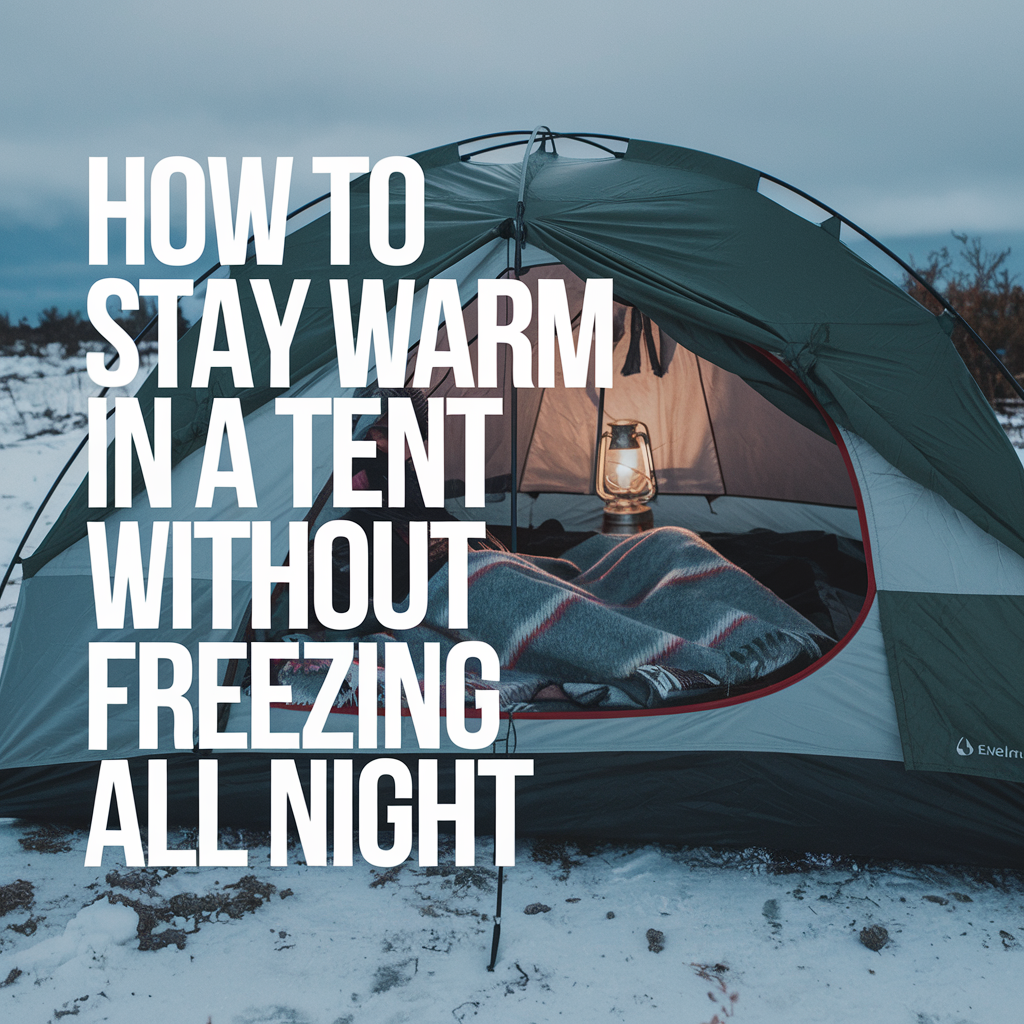
Are Cotton Ball Fire Starters Safe to Store?
Yes—but like anything that burns, there are some smart ways to store them so you’re not making a mess or creating a hazard.
How I pack mine for safety and convenience:
- Use a sealed container – I prefer small plastic pill bottles or travel-size tubes. Ziploc bags work, but they can get messy if they get squished.
- Keep them away from high heat – Petroleum jelly isn’t going to spontaneously combust or anything, but I still don’t store mine near cook stoves or anything hot, especially in the summer.
- Label the container – This might sound overkill, but when I’m digging through my bag, having a label that says “FIRE STARTERS” means I’m not accidentally grabbing wet wipes or trail mix.
- Toss a couple into different bags – I keep one in my bug-out bag, one in my car emergency kit, and another in my camp gear bin. It’s cheap insurance and peace of mind.
I’ve been storing cotton ball fire starters for years, and they hold up great. They don’t dry out. They don’t go bad. And they’re always ready when I need them—which is more than I can say for half the gear I’ve bought over the years.
If you’re someone who takes your prepping or outdoor setup seriously, there’s just no reason not to pack these. They’re reliable, safe, and they take up almost no space—exactly what you want in survival gear.
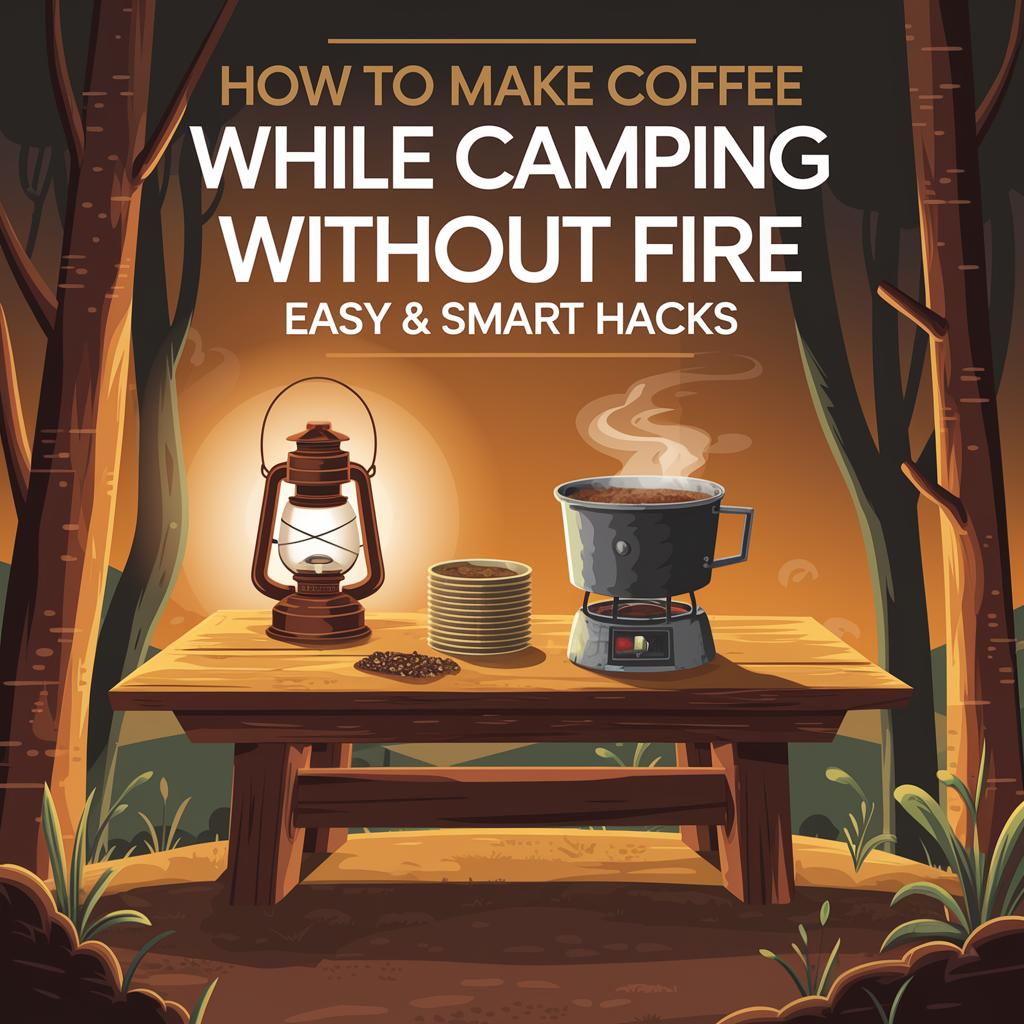
What Other Budget Fire Starters Have I Tried?
Look, I’m always on the hunt for stuff that actually works without draining my wallet. I’ve tested all kinds of cheap fire starters—some were great, others? Not so much. But for real-world, no-nonsense prepping, cotton balls for survival still come out on top. That said, here’s what else I’ve used and how they stack up:
1. Dryer Lint
It’s free, flammable, and right out of your laundry room. But it’s inconsistent. If it’s a mix of synthetic fibers, it can actually be harder to light than you’d expect. When it works, it burns fast—but not long.
2. Fatwood
This one’s great. It’s a natural fire starter made from resin-rich wood, and it smells amazing. It’s a little bulky for ultralight kits, though, and you have to buy or harvest it.
3. Wax-Dipped Cotton Pads
These are kind of like the cotton ball’s cousin. They’re waterproof and burn longer. The only downside? They’re a bit more work to prep, and harder to ignite with a ferro rod.
4. Magnesium Shavings
These things burn hot, but you’ve gotta work to scrape them, and in wind or rain, they can be frustrating. Still worth carrying, but I wouldn’t rely on them alone.
5. Store-Bought Tinder Tabs
I’ve tried a few. They work, but they’re overpriced and sometimes hard to light unless you break them open. Honestly, cotton balls do the same thing—just better, cheaper, and easier to prep at home.
If you want to get creative, I’ve even used chips (yes, like Doritos) to start fires. But if I had to rely on one consistent, budget-friendly option, petroleum jelly and cotton balls win every single time.
For a more clever angle on reusing everyday items, I’d also recommend checking out how to use a tin can for survival. That article opened my eyes to all the gear hiding in plain sight.
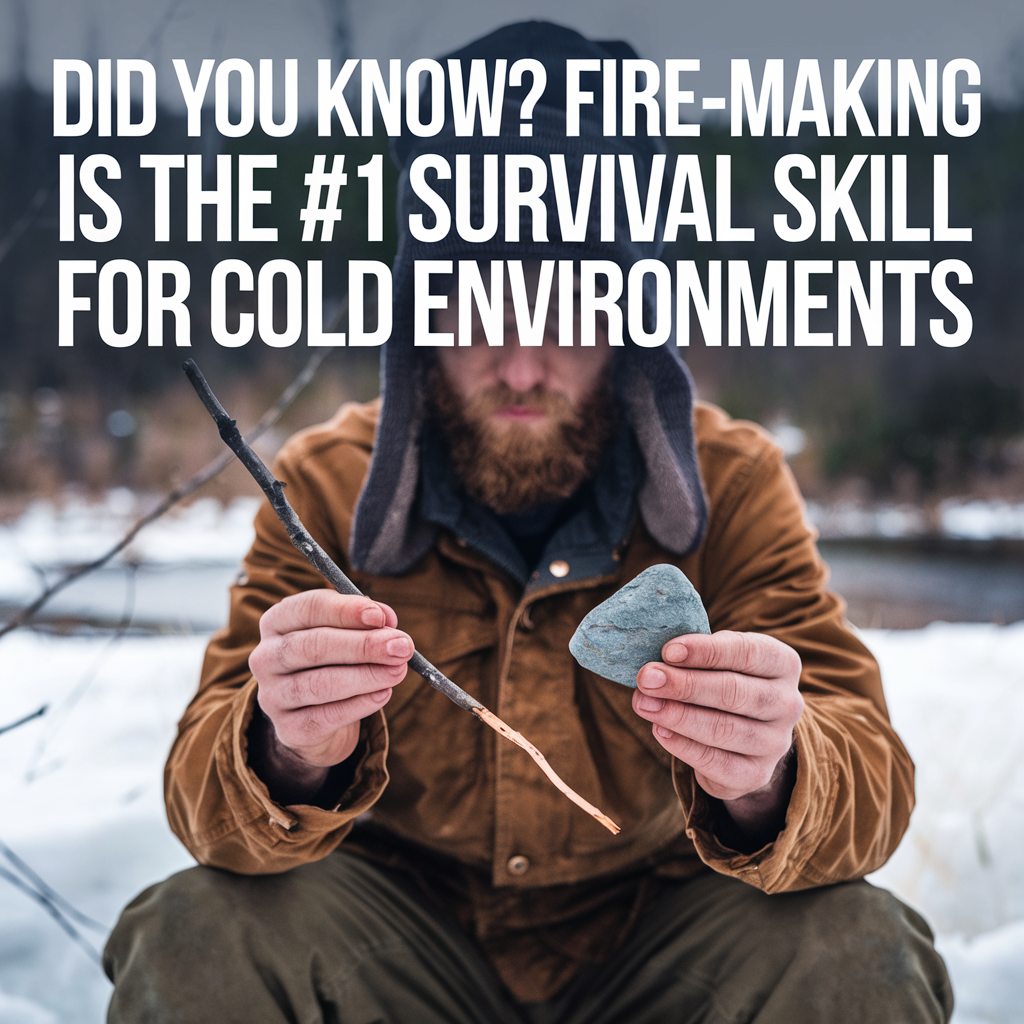
Now You Know That You Should Add Cotton Balls to Your Kit Today
If someone had told me years ago that cotton balls would be one of the most important survival items in my kit, I probably would’ve laughed. But now? I don’t pack a bag without them.
They’ve earned their spot the hard way—by actually working. Rain, wind, cold, bad luck with wet wood—didn’t matter. When I needed a flame fast, my little homemade cotton ball fire starters came through every time.
So if you haven’t made a batch yet, get on it. You can whip up a dozen in under 10 minutes, stash them in a pill bottle or tin, and throw them in every emergency kit you’ve got. They’re cheap, lightweight, reliable, and easy to make—exactly what survival gear should be.
Whether you’re bugging out, car camping, or just building up your skills one weekend at a time, cotton balls for survival aren’t optional—they’re essential.
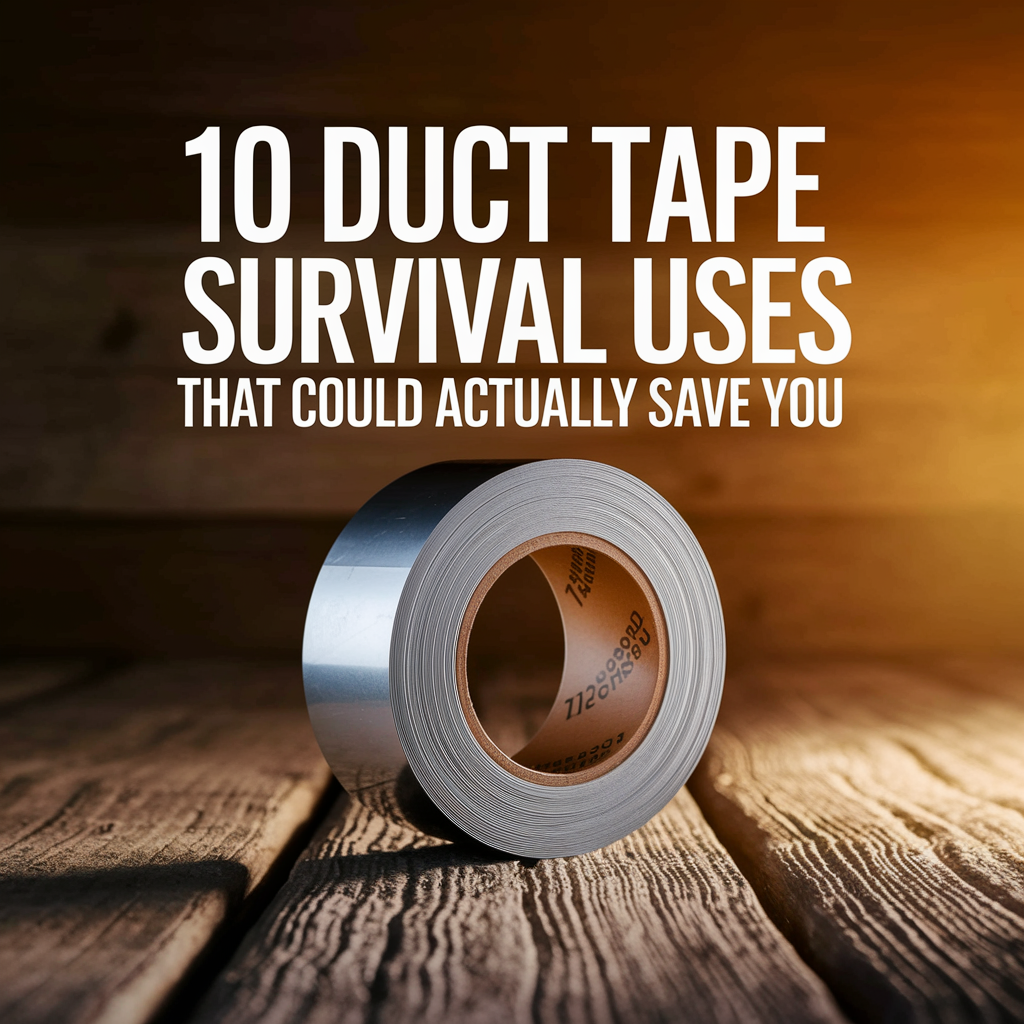
As an Amazon Associate we earn from qualifying purchases through some links in our articles.
